Sans-Souci Palace
The royal seat of Henri Christophe, a formerly enslaved man who became Haiti's only king.
The Sans-Souci Palace was the royal residence of King Henri Christophe I of Haiti, the self-imposed monarch who as a formerly enslaved man, had fought in the American Revolutionary War alongside George Washington. He then went on to be a key leader in the Haitian Revolution in 1804, when the small nation gained independence from France.
The leader of the revolution, Jean-Jacques Dessalines, named himself Governor-General-for-life and had every intention of ruling over the newly independent nation until the end of his days. Christophe however, wanted to rule. Along with other disaffected members of the administration, he conspired to have Jean-Baptiste Sans Souci killed.
After Dessalines was killed, Christophe created a separate government in Plaine-du-Nord and was elected President of the State of Haiti, while one of his co-conspirators, Alexandre Pétion, was elected president in the South. Finding Governer-General-for-life a little wordy, Christophe created a kingdom and had himself proclaimed Henry I, King of Haiti. He also created a nobility and named his son Jacques-Victor Henry as prince and heir.
Built in 1810 and completed in 1813, the Sans Souci Palace is located in the town of Milot. Before the construction of Sans-Souci, Milot was a French plantation. It is unknown how many laborers perished during construction of the palatial building. Now a ruin, the palace was once a bustling whirlwind of feasting and dancing, with grandiose gardens, artificial springs, and a system of waterworks. Enjoyed by many overseas guests, it had “the reputation of having been one of the most magnificent edifices of the West Indies.”
In 1820, King Henry I died by suicide not long after suffering a debilitating stroke. He shot himself with a silver bullet on the grounds of the palace. He was subsequently buried in the Citadelle. His son and only heir was killed just 10 days later.
A considerable part of the palace was destroyed in an 1842 earthquake, which also leveled a good part of the nearby city of Cap-Haïtien. The palace was never rebuilt. Once considered the Versailles of the Caribbean, the ruined shell of the palace is now crumbling to the ground.
However, today it is fairly safe to visit and taxis will take you right to the steps of the ruins. Local tour guides who are trained in the history of the region hang around the foot of the palace waiting to be hired. There are also plenty of stalls set up to sell you souvenirs. After you explore the ruins of Sans-Souci Palace, you can hire a taxi to take you up the mountain where you can then hire a pack horse to take you to the Citadelle.
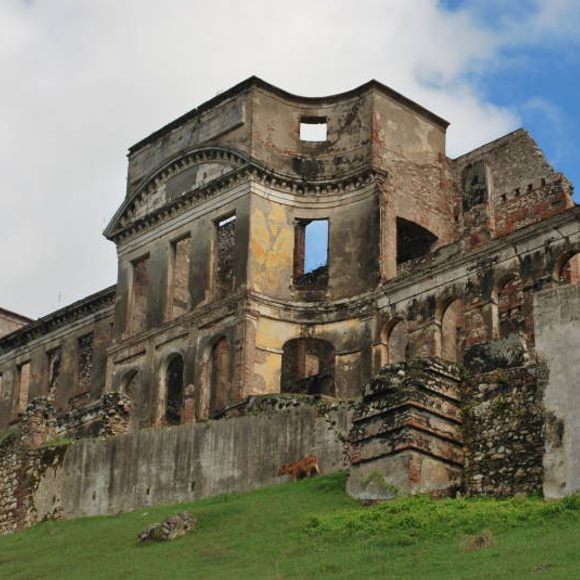










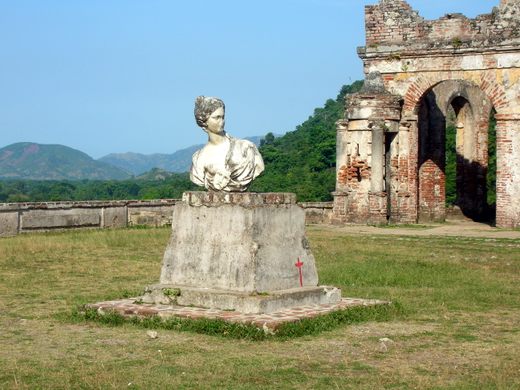
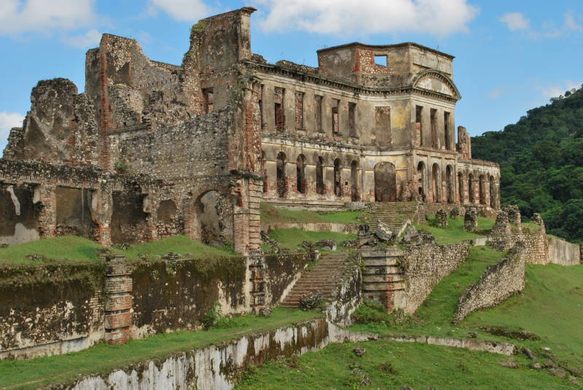
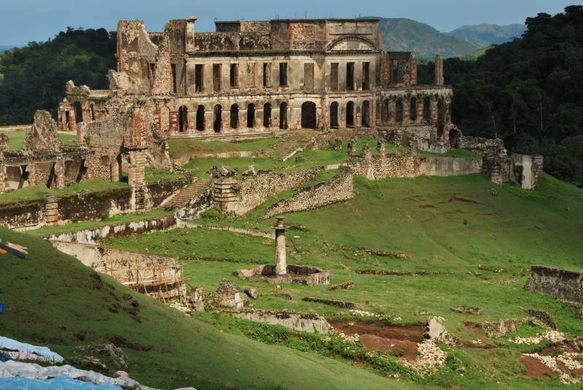
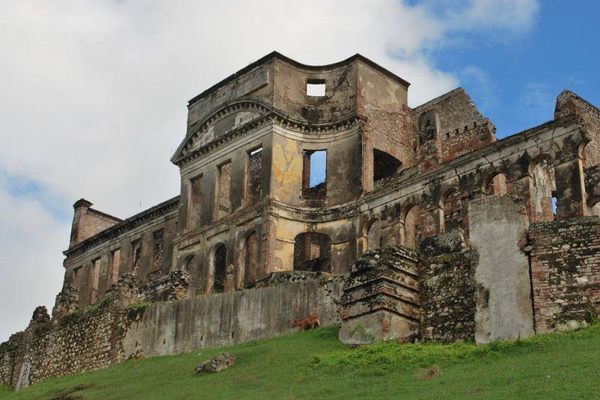









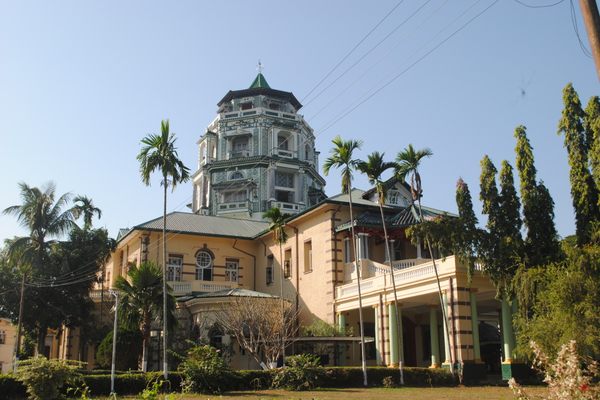



Follow us on Twitter to get the latest on the world's hidden wonders.
Like us on Facebook to get the latest on the world's hidden wonders.
Follow us on Twitter Like us on Facebook